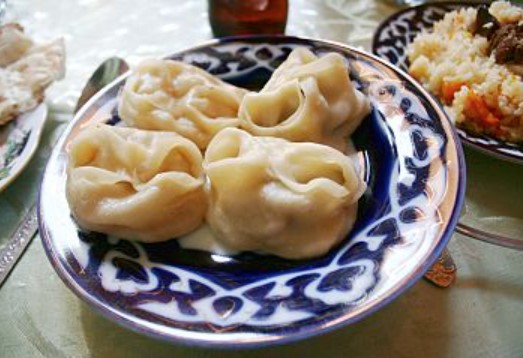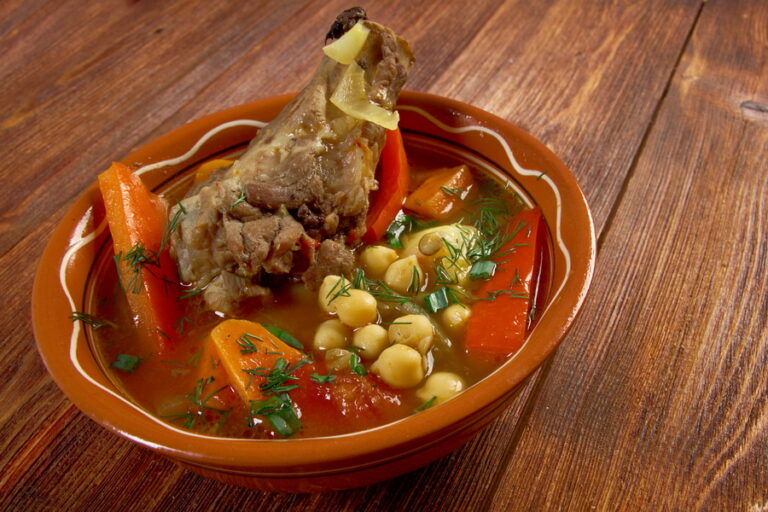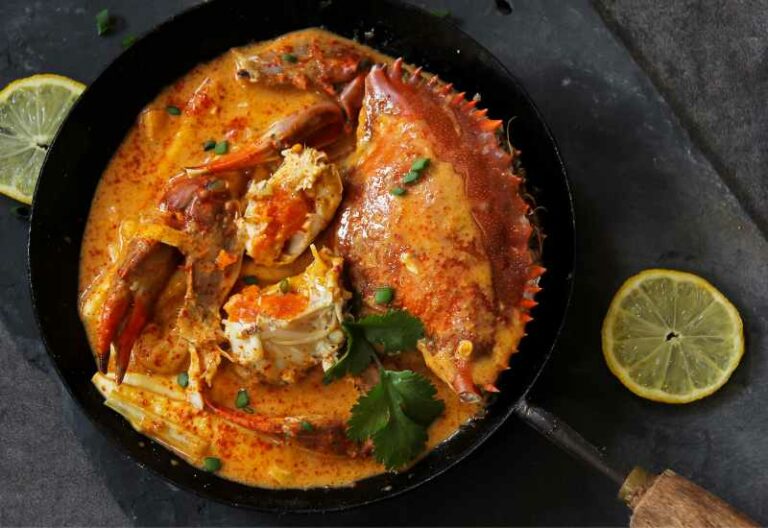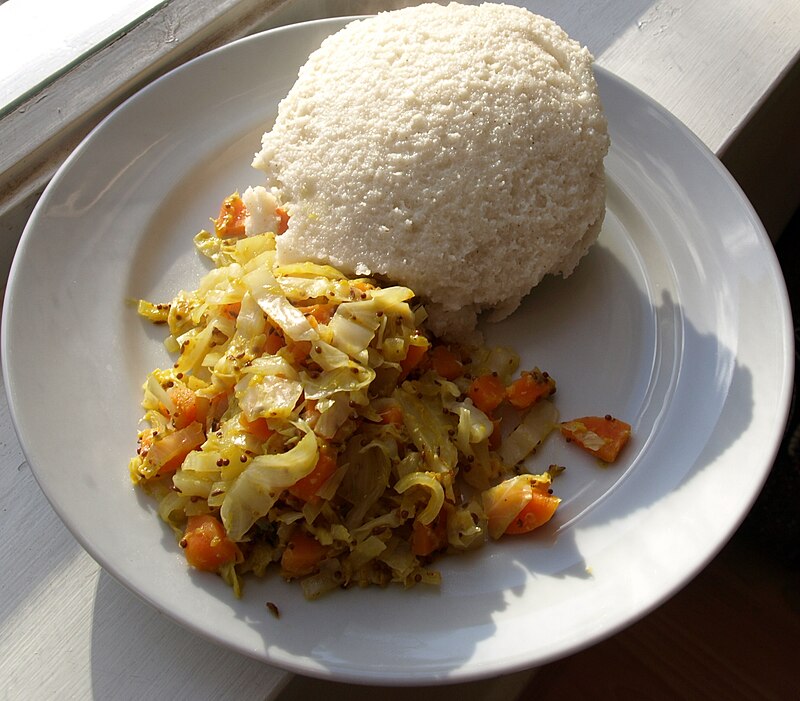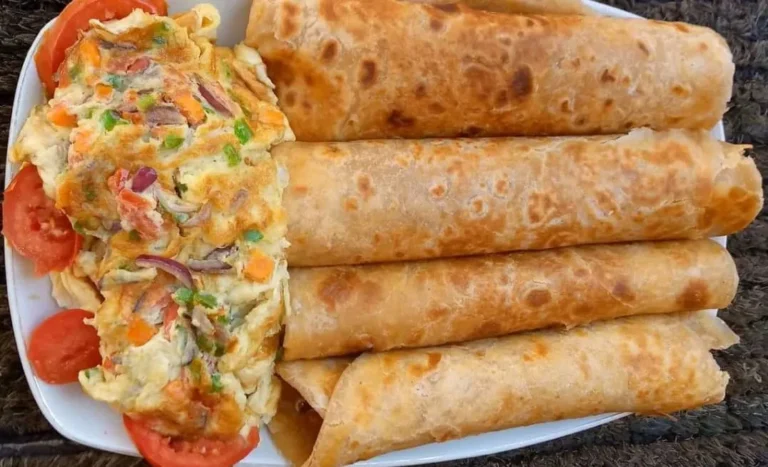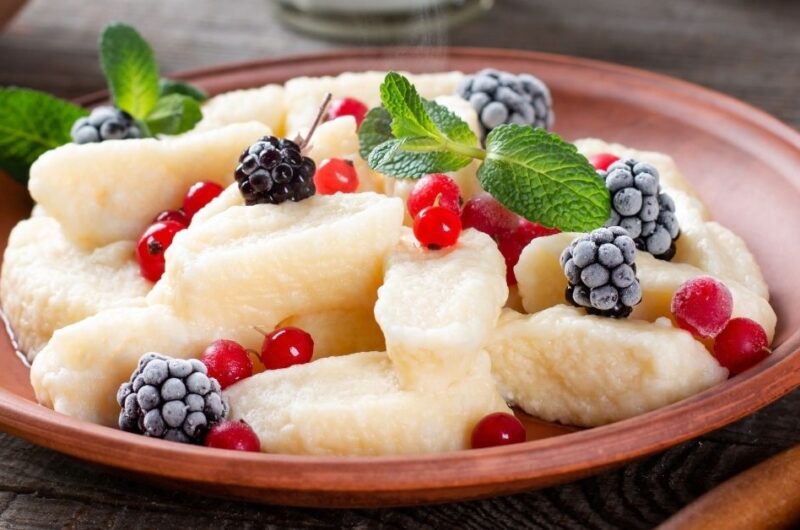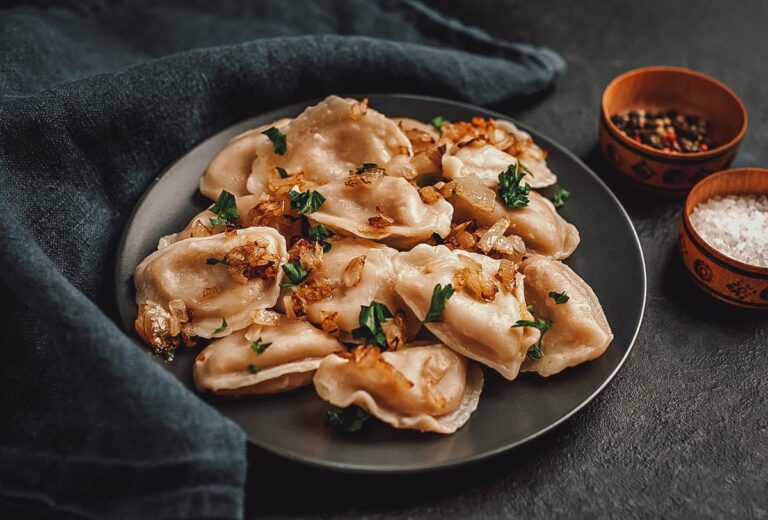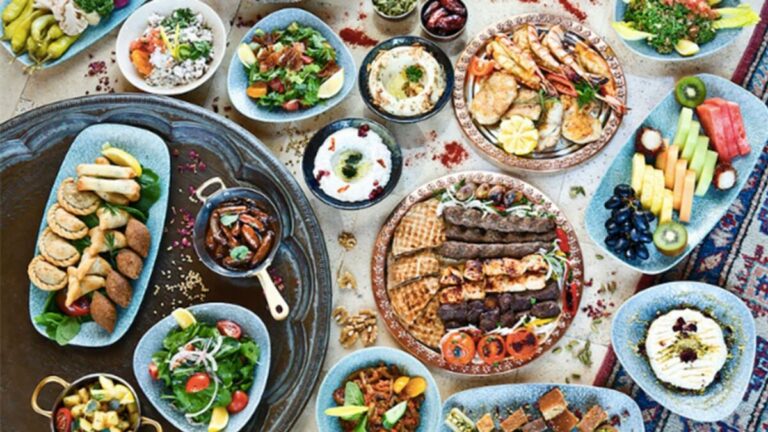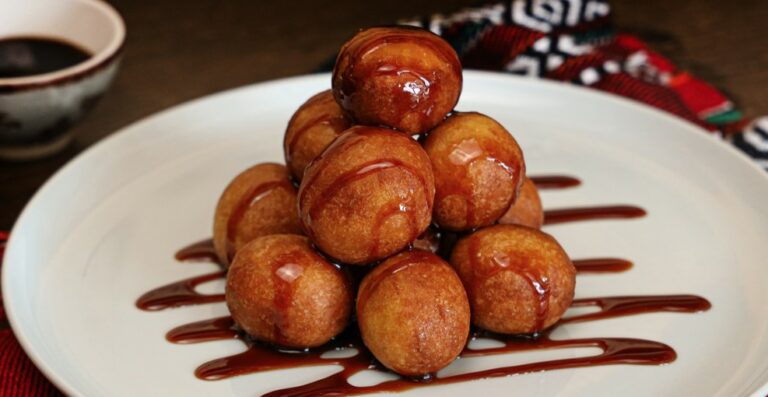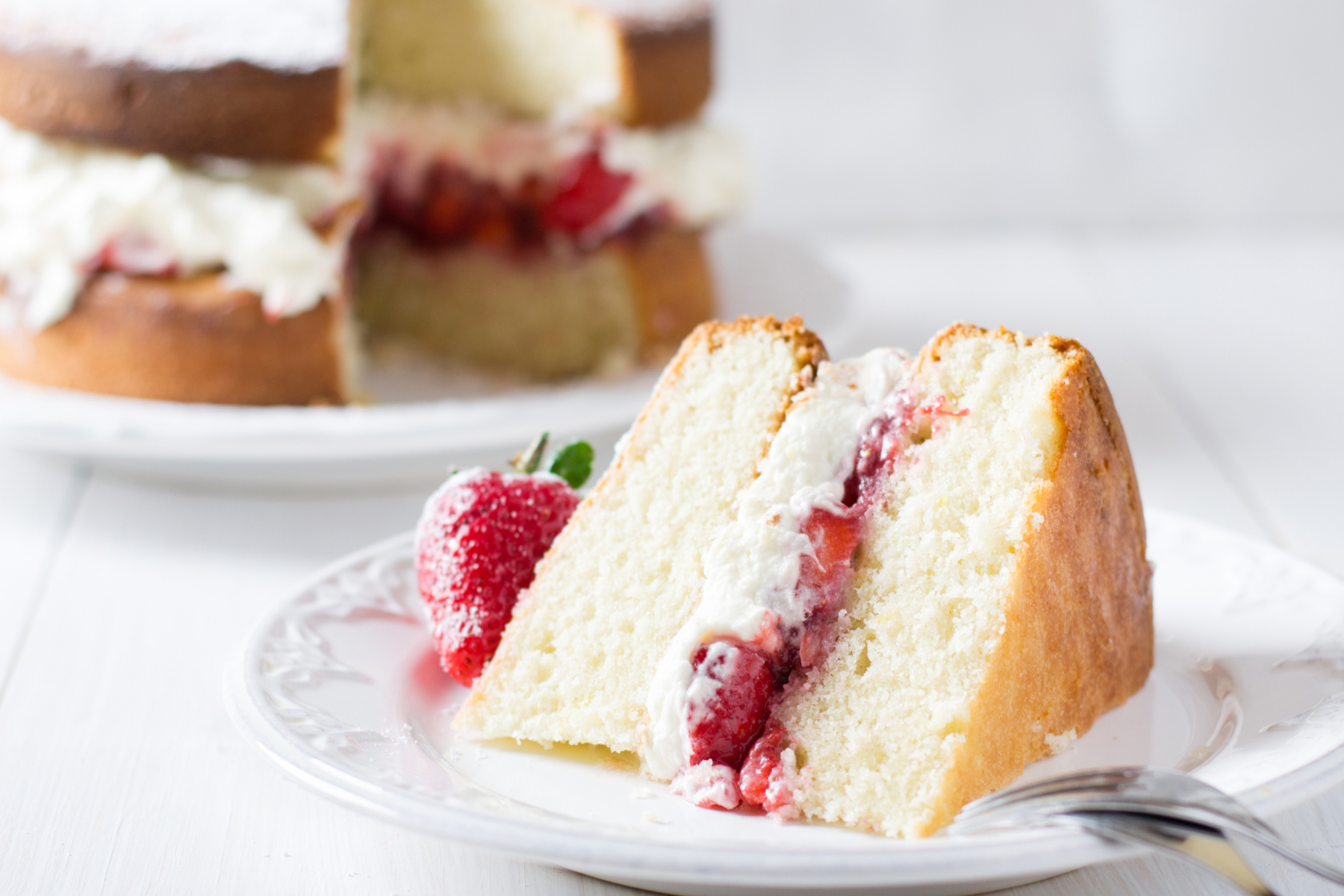Introduction: Central Asian Desserts
Central Asian cuisine is known for its unique flavors and combinations, and desserts are no exception. From Kazakh baursak to Uzbek halva, each country in the region has its specialties when it comes to sweet treats. Turkmenistan, one of the lesser-known Central Asian countries, also boasts a distinctive dessert culture that sets it apart from its neighbors.
The Unique Flavor Combinations of Turkmen Desserts
Turkmen desserts are known for their rich and complex flavors, often combining sweet, salty, and sour tastes. One of the most popular Turkmen desserts is chak-chak, a type of fried dough that is traditionally served with honey and sprinkled with sesame seeds. Another beloved dessert is gok chai, a sweet and tangy dish made with cooked rice, yogurt, and dried fruits such as apricots and raisins.
Other Turkmen desserts feature unexpected ingredients such as pumpkin, quince, and chickpeas. For example, shakarbura is a pastry filled with mashed chickpeas and sugar, while gyzyl shorpa is a dessert soup made with pumpkin, rice, and milk. These unique flavor combinations are what make Turkmen desserts stand out in Central Asia.
The Role of Dairy in Turkmen Desserts
Dairy products play a significant role in Turkmen dessert culture, with many sweets featuring yogurt, sour cream, or clotted cream. One of the most iconic Turkmen desserts is kesme, a type of noodle pudding made with sour cream and sugar. Another popular dessert is mykysh, a sweet milk pudding with a delicate texture that is often topped with pistachios or almonds.
Influences from neighboring countries on Turkmen Desserts
Despite having its distinctive dessert culture, Turkmenistan has also been influenced by its neighboring countries. For example, halva, a sweet confection made with sesame seeds, is popular throughout Central Asia, and Turkmenistan has its version made with cottonseed oil. Baklava, a layered pastry filled with nuts and honey syrup, is also a common dessert in Turkmenistan and other countries in the region.
Traditional Turkmen Desserts for Special Occasions
Turkmenistan has several traditional desserts that are typically served during special occasions such as weddings or religious holidays. One of these is gozleme, a thin pastry filled with nuts and sugar that is often served during Eid al-Fitr, the end of Ramadan. Another is bashlyk, a type of sweet bread made with raisins, almonds, and cardamom that is typically served at weddings.
Conclusion: The Distinctiveness of Turkmen Desserts in Central Asia
Turkmen desserts are a reflection of the country’s unique culinary traditions, blending sweet and savory flavors and featuring dairy products and unexpected ingredients. While Turkmenistan has been influenced by its neighbors, its desserts remain distinct and beloved by both locals and visitors alike. Whether you’re in the mood for a sweet and tangy gok chai or a rich and creamy kesme, Turkmenistan has a dessert for every taste.

